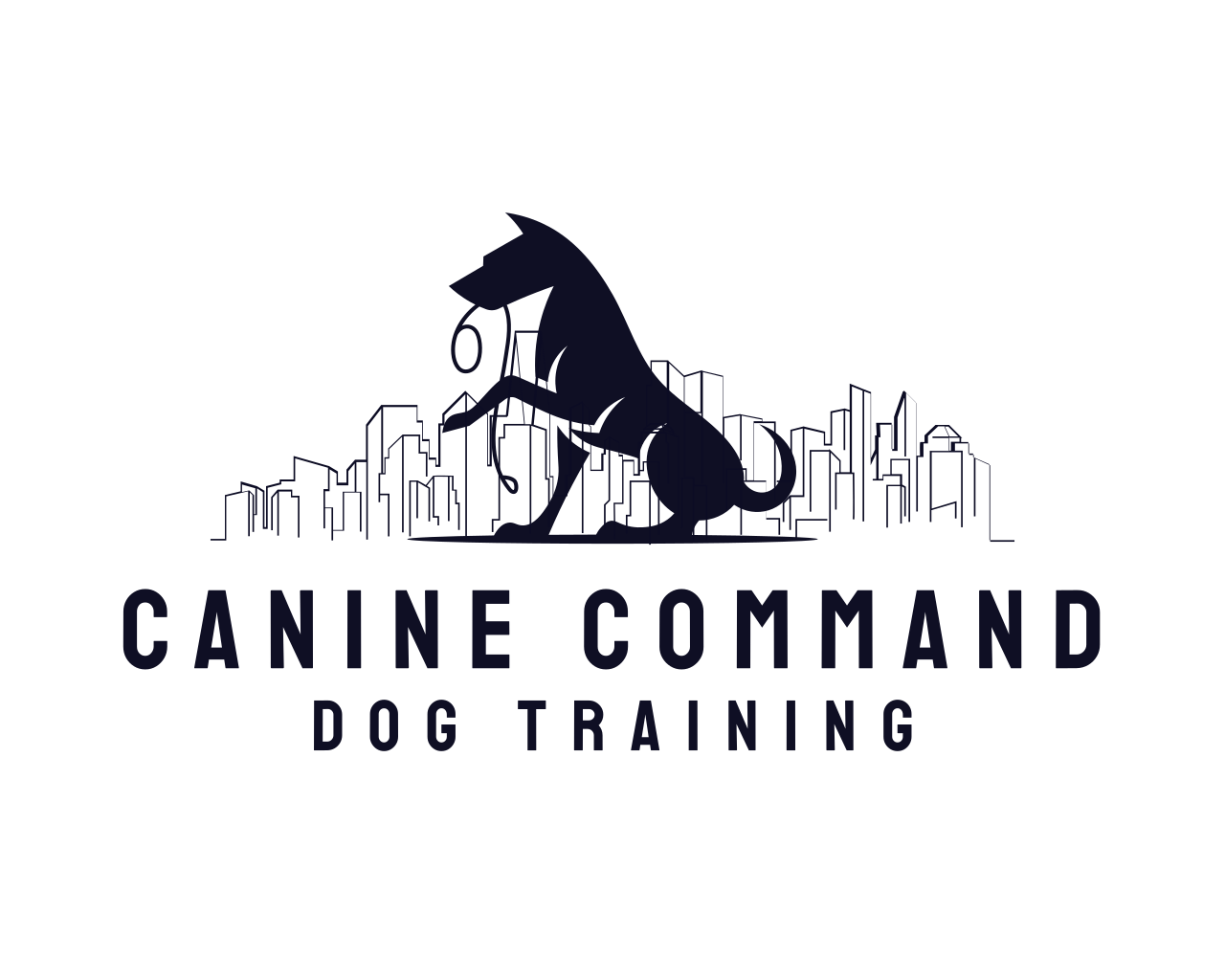AKC Family Dog - Canine Good Citizen Exam
The Canine Good Citizen Exam is the gold standard of a well-mannered dog. This is a test of 10 items, showing the basic obedience, recall skills, manners, leash skills, and reactions of a dog. This is not a high pressure exam at all, so don’t feel like you have to pass, there’s a time limit, or anything like that. If you and your dog don’t pass on the first try, you’re welcome to try again, or get further training to prepare for the next time you’re ready to try.
10 Items on the Canine Good Citizen Exam
Accepting a friendly stranger
It’s important that your dog is able to accept a friendly stranger in an appropriate manner. For this test, nor in everyday life, is it required for your dog to be overly happy seeing others, but it is important for your dog to be able to calm and accepting of another person greeting their handler. In this test, your administrator or a volunteer will walk up to you and your dog, pretend to shake hands with you and continue on walking.
Sitting politely for petting
On top of being able to effectively greet a stranger, it’s always good for a dog to be able to accept petting from someone. When we say ‘sitting politely for petting’ we don’t mean your dog has to necessarily stay in a strict sit for petting. They are allowed to enjoy it, or mildly dislike it, we just want to make sure they’re calm and not overly excited or overly timid/scared.
Appearance and grooming
Depending on your dogs breed, their activity level, and your interest/ability, your dog may visit a groomer or you may do your dogs grooming yourself. Either way, there will be someone doing your dogs grooming, and there will be veterinary visits throughout their lives. We want to ensure that your dog will be capable of having their grooming and health needs met, and as far as their appearance, we’re looking to make sure your dog has all their needs met, there’s no untreated injuries, and they aren’t having problems with touch.
Out for a walk
This is a test to make sure your dog has basic leash manners. Walking with a nice loose leash, generally stopping with you, and not stopping for uncontrollable sniffing at any point. While we at CCDT and the AKC in general are in support of training tools such as prongs, e-collars, or metal slips, but these are not permitted on the CGC as this is a test where it is expected a dog is far enough in their training that they aren’t entirely dependent on these tools anymore.
Walking through a crowd
Along with walking on a leash, it’s very common to encounter other people, so for this test a crowd of 3+ people will be simulated for your dog to walk through. Casual interest is completely fine, but we’re again looking for no signs go over stimulation, fear, or aggression. Any sign of aggression is grounds for immediate dismissal from the exam.
Sit and down on cue and stay in place
One of the first things a dog learns is sit, and one of the subsequent is typically down. For this item, your evaluator will ask you to have your dog go into each position and then choose one for them to stay in place in while you go to the end of a 20 foot long-line and immediately turn around and return to your dog to release them.
Coming when called
Still on the long line from exercise 6, we will ask you to leave your dog at one end of the line and travel to the other. Then you will call your dog, we are looking for your dog to come straight to you, fairly quickly, and with no large detours.
Reaction to another dog
Very similar to how the first test is performed, your evaluator or their helper will approach you and your dog in the same way as before, this time with the other person handling a dog. This dog will be neutral, or you will have the chance to retry this test. Both dogs will be on their handlers left hand side and handlers will do another pretend handshake and briefly exchange pleasantries.
Reaction to distraction
It’s important for any pup to be able to handle a loud noise, weird looking object, a jogger, crutches, or children playing without issue. We’ll test this with two different distractions selected and prepared by your evaluator. Typically, this will be one auditory and one visual distraction for your dog to stay neutral through.
Supervised seperation
This is a fairly easy test in that there’s no command for. It’s all about your dog being calm and ready for however their day goes. Whether going to the groomer, veterinarian, daycare, training, or just having to be watched by a friend for a few minutes, it’s important that your dog isn’t anxious, scared, or vocalizing for you. We want dogs to always feel calm and comfortable in safe environments so we’ll test this with having you leave your dog with the evaluator for a 3 minute period while you go out of sight.
Good luck everyone and happy training! Remember, we will be holding our Canine Good Citizen Test date on March 17th from 11am to 6pm in Boston Common! Join us or just stop by to say hi!

